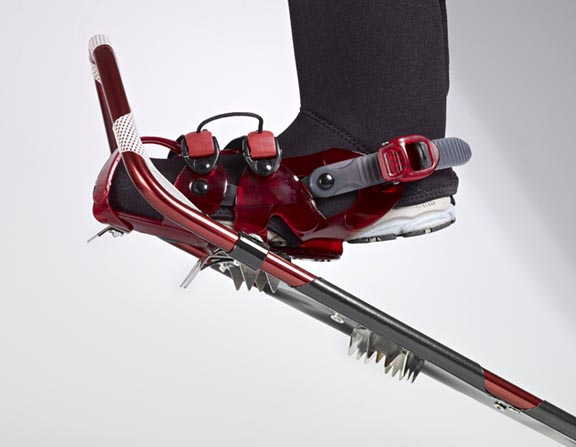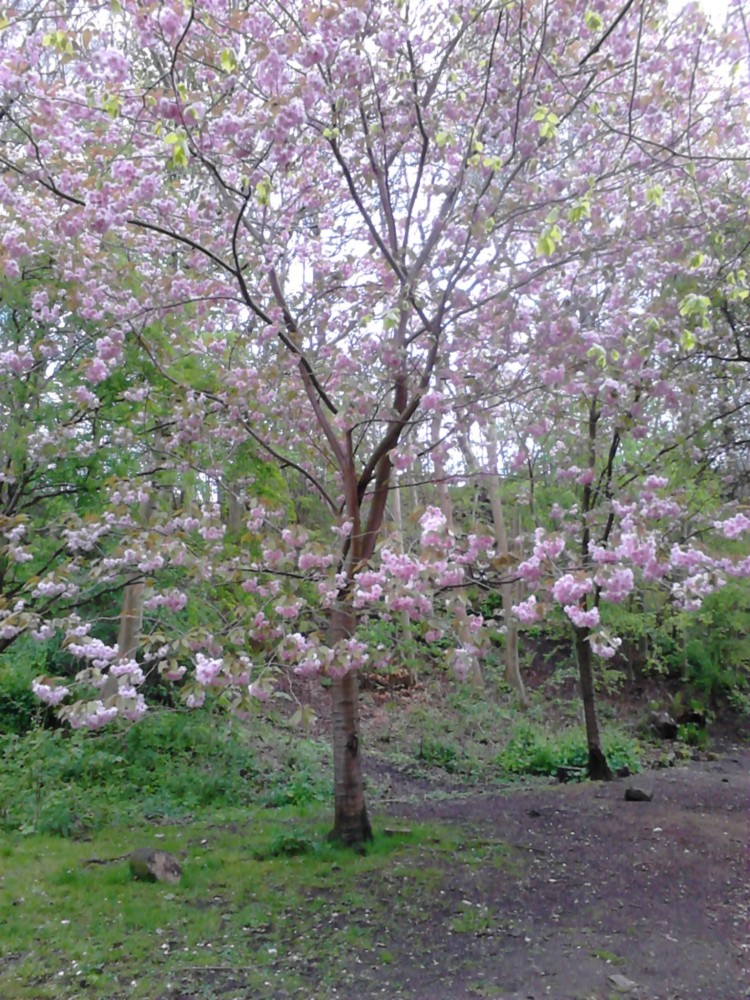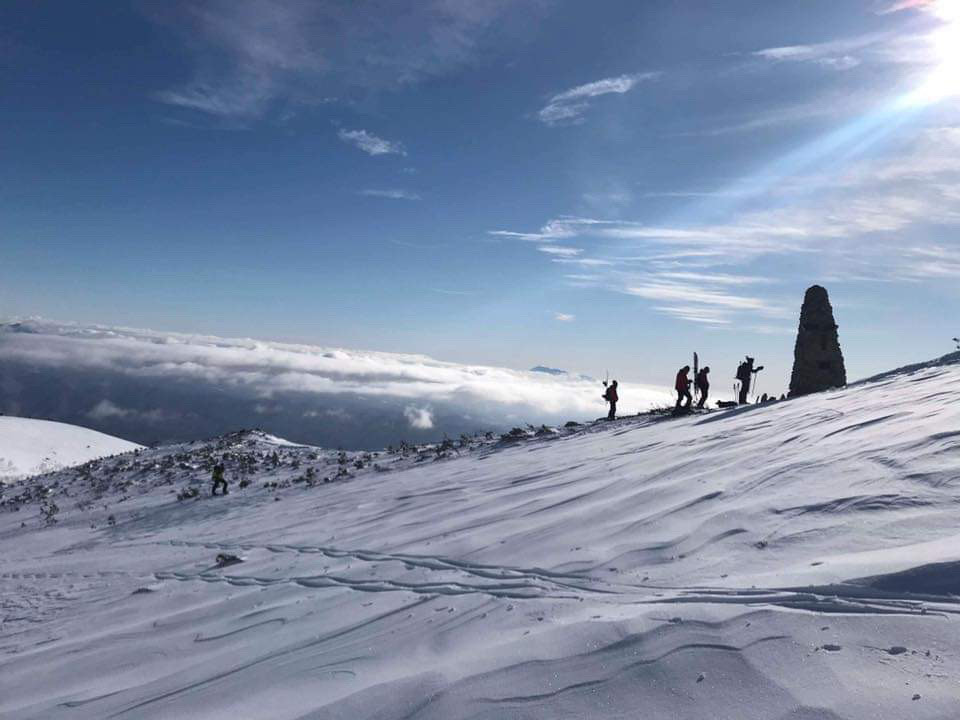When asked, “What are you going to be when you grow up?”… I don’t remember blurting out “I wanna be a snowshoe maker.” In fact, my career in the manufacturing industry was never planned, it simply appeared one day. I believe I can safely say the same for my business partner, who is also, coincidentally, my wife. That happy coincidence was just as equally unplanned and inexplicable, and to continue in that vein of spontaneity, we decided to have twins the same year we started our company, Crescent Moon Snowshoes. That was 1997. What a year.
It all began with an epiphany, scribbled on a barroom napkin, or at least that’s what we like to say. For the most part, it’s absolutely true. And since then, we’ve been making snowshoes here in Boulder, Colo. and building a business, a family and a reputation; a reputation for being innovative and creative, and by design, different from our worthy competitors. So, how does that happen, how does the creative process get harnessed and then turned into a business, or a whole new category, or even an industry; this is precisely what happened with snowshoes.
 The modern snowshoe has been around for approximately 20 years. However, somebody recognized an opportunity to take snowshoes from what they had been for a long time and turn them into something that has now evolved into a product category, which gets shelf space, at least for some brands, in the world’s largest stores (i.e. Costco and Wal-Mart). Most snowshoes are sold in specialty outdoor retail stores or sporting goods stores where they compete for consumers’ dollars – along side skiing, snowboarding, camping and other winter activities. In all of those categories the same thing happened: Someone recognized a need or an opportunity and was able to capitalize on it, turning their epiphany, or passion, into a business.
The modern snowshoe has been around for approximately 20 years. However, somebody recognized an opportunity to take snowshoes from what they had been for a long time and turn them into something that has now evolved into a product category, which gets shelf space, at least for some brands, in the world’s largest stores (i.e. Costco and Wal-Mart). Most snowshoes are sold in specialty outdoor retail stores or sporting goods stores where they compete for consumers’ dollars – along side skiing, snowboarding, camping and other winter activities. In all of those categories the same thing happened: Someone recognized a need or an opportunity and was able to capitalize on it, turning their epiphany, or passion, into a business.
It’s very often this meniscus, this transition from idea to reality that filters the frivolous from the financially viable – because after all, to be valid, it has to be of value to the market. People have to buy what you’re selling and that usually means they agree with your interpretation of what is creative, innovative and has real intrinsic value to them. Or, in this example, the idea which started in your head ends up as a product on their feet. It’s an amazing and rewarding process.
 But the process has to continue in order to be competitive. Products have to evolve because customers can’t stand still either. They, that is, we, always want what’s next; the next best and newest thing, which, of course, is how the process is driven.
But the process has to continue in order to be competitive. Products have to evolve because customers can’t stand still either. They, that is, we, always want what’s next; the next best and newest thing, which, of course, is how the process is driven.
It’s the “what if” process, what if, for example, you substituted this rotating axel with a load band (see free rotation versus fixed rotation at http://crescentmoonsnowshoes.com/blog/snowshoe-basics-free-rotation-or-natural-hinge) and voila, a new way to make a snowshoe. Or, when someone decided to put a climbing bar on the back of a snowshoe to help relieve heel-stretch. Or, when a customer suggests that perhaps snowshoes should be different for women then they are for men – brilliant. Or, as most recently experienced, a graduate student from one of the country’s premier engineering schools sends you a drawing of a snowshoe he made while drinking beer in a bar one evening. (That sounds familiar). And of course, that’s how it happens, either pushed by consumers or pulled by the manufacturers, there is a constant dynamic at work which makes change not only possible, but practically, mandatory.
 Even with something as simple (although harder than you might think) as a snowshoe, innovation is key to a manufacturer’s survival. Small companies, like ours, are constantly making changes in molds, designs, looking for new materials to replace old, learning from mistakes (sometimes it’s an ugly process) and sometimes, by watching the competition.
Even with something as simple (although harder than you might think) as a snowshoe, innovation is key to a manufacturer’s survival. Small companies, like ours, are constantly making changes in molds, designs, looking for new materials to replace old, learning from mistakes (sometimes it’s an ugly process) and sometimes, by watching the competition.
If, however, you watch without responding, or preempting, or for that matter, out-maneuvering, particularly as a small company, you’ll end up as the messy goo beneath your competitor’s footprint (or snowshoe track) or worse, ignored by the market. The road is filled with the carnage of those who neglected to be innovative. For a seasonal business like snowshoes, it sometimes takes only one season of laziness or ennui to kill your enterprise.
So, the lesson here is to stay open to ideas, challenge the status quo, keep your mind open at all times, and tap your passion. The next time you find yourself in a bar with an empty napkin in front of you, let your ideas spill out on it – you may just end up with the seed of a business.
Jake Thamm, co-founder of Crescent Moon Snowshoes, was recently recognized with the 2011 IQ (innovation quotient) Award for Sports and Outdoors: http://crescentmoonsnowshoes.com/blog/page/2







Leave a Comment